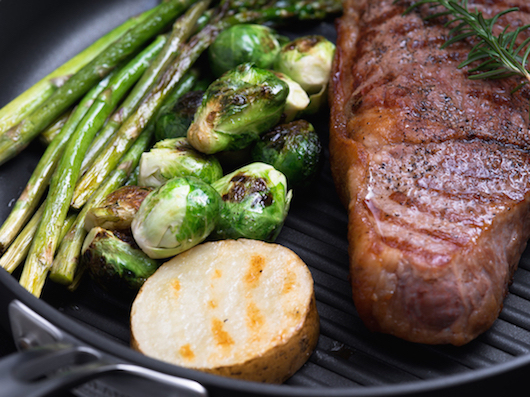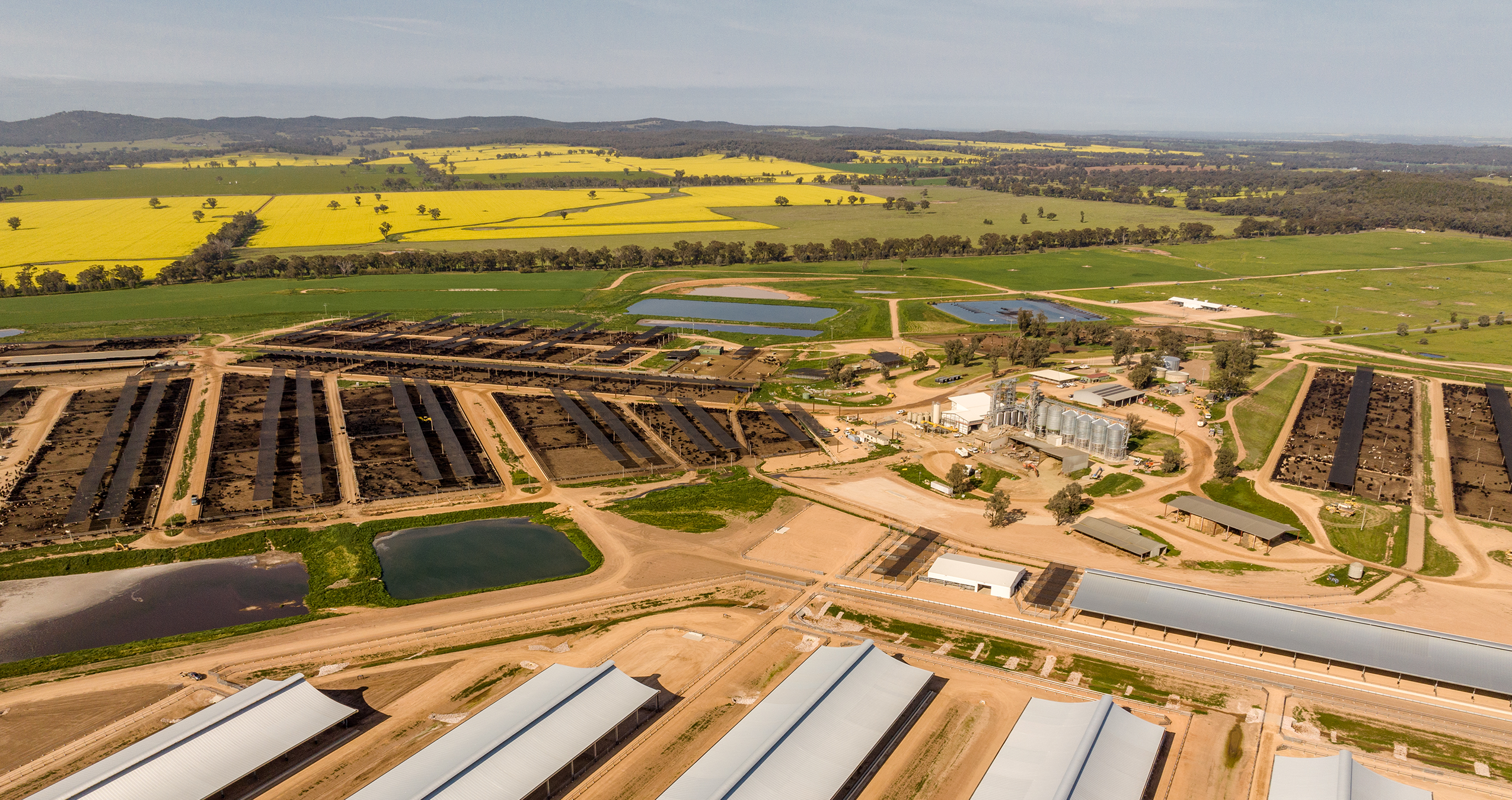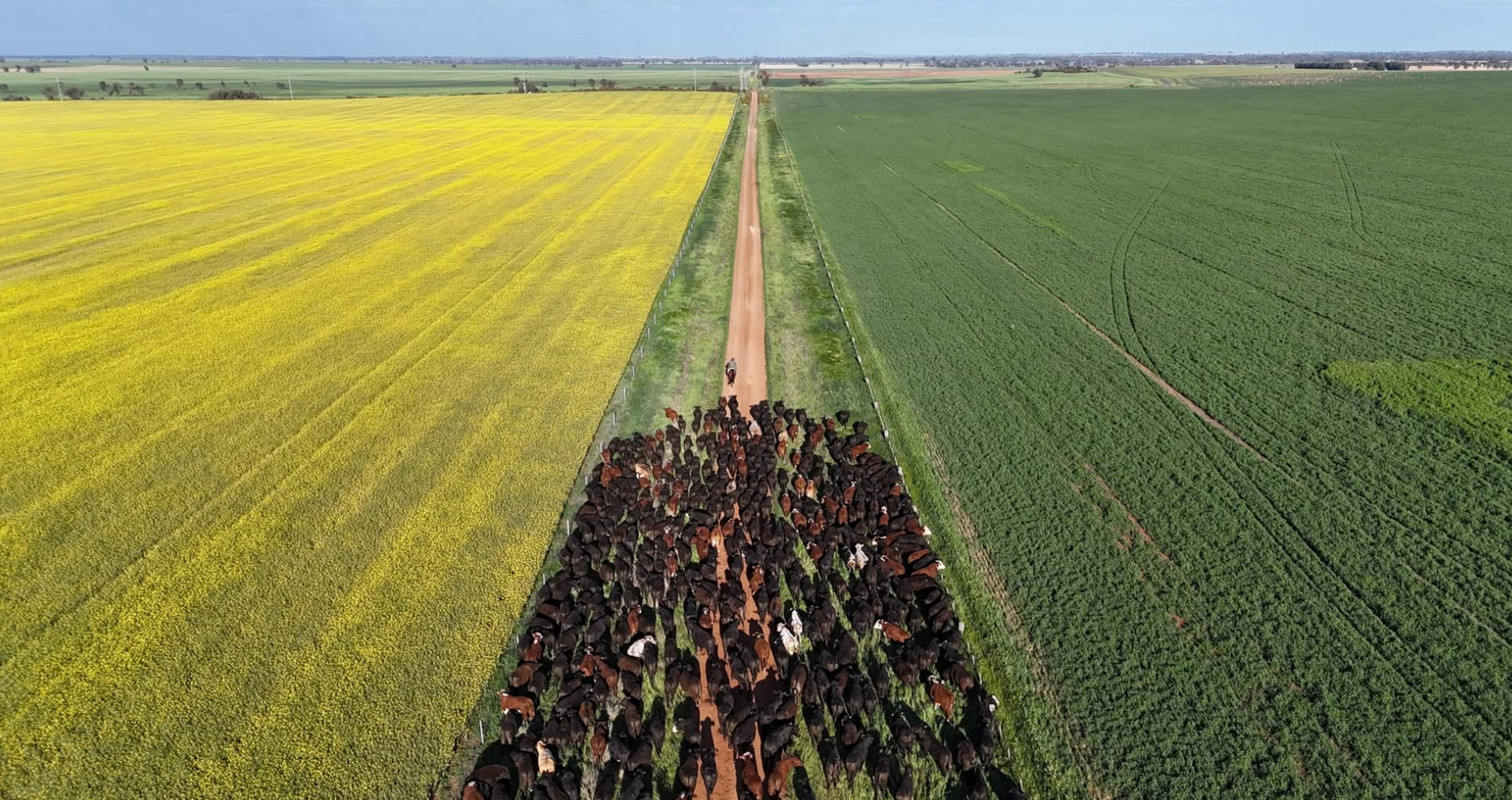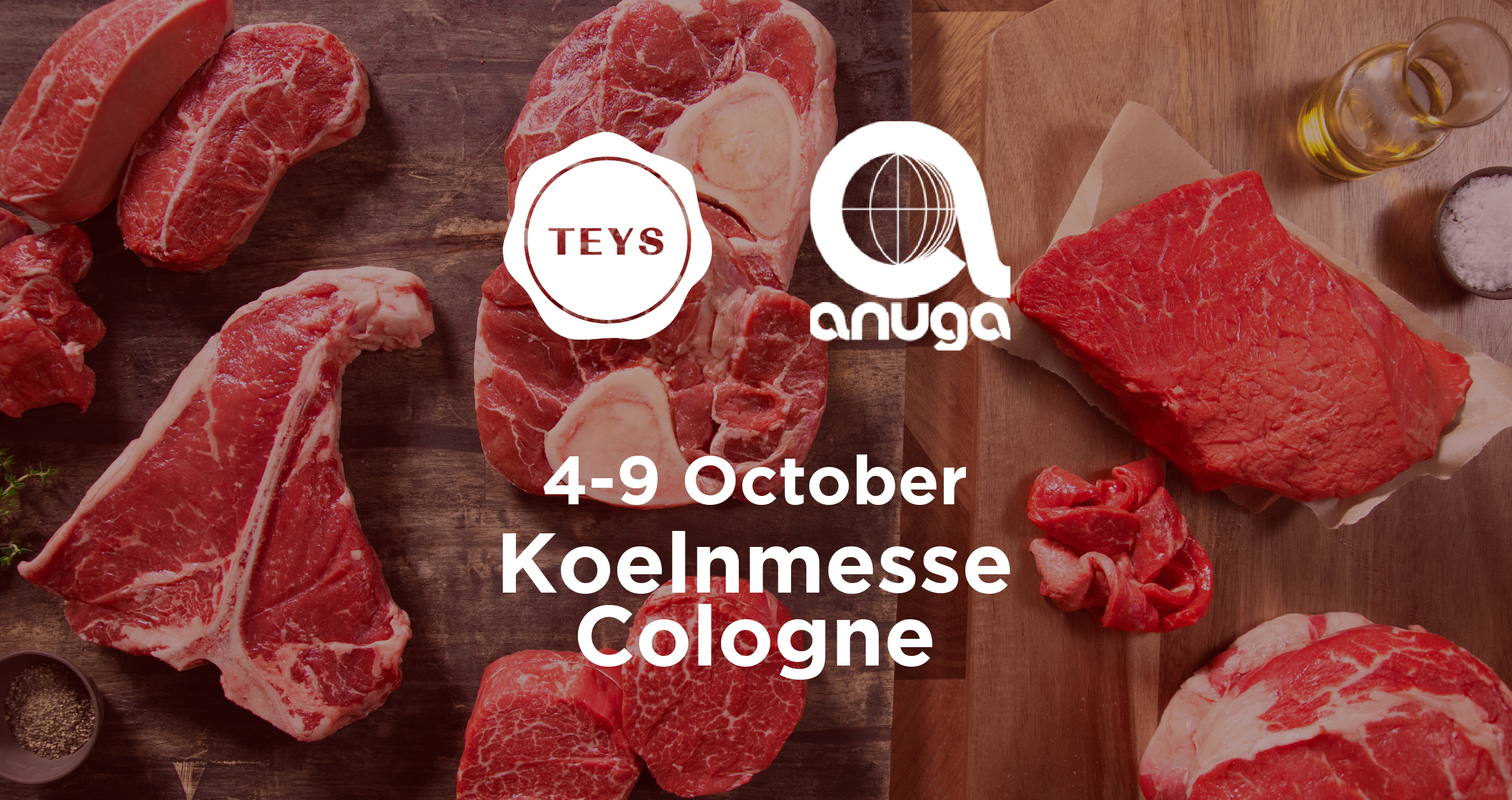
Searing is a cooking technique in which the surface of the food (commonly meat) is cooked at a dry high temperature (of at least 150ºC) until a brown crust forms. The ‘browning’ reaction that food undergoes when seared is referred to as the ‘Maillard reaction’.
Since water boils and turns into steam at 100ºC, moist-heat cooking methods (like simmering or stewing) can’t generate enough heat to form this outer crust.
There is some dispute to the widely held belief that searing meat seals in the juices – however, what’s certain is that searing meat – especially your favourite steak – adds depth and complexity of flavour that cannot be achieved otherwise.
What is the Maillard Reaction?
Basically, the Maillard reaction is a number of small, simultaneous chemical reactions that occur when proteins and sugars in your food are transformed by heat, producing new flavours, aromas and colours. For example, when you cook a steak on a piping hot pan, the moisture on the surface of the meat evaporates and the meat undergoes a chemical change that results in new flavour compounds, enticing scents and the browning effect of the meat.
You can see the Maillard reaction on the meat and vegetables in the image below:
Here are the main reasons we sear steak:
Flavour & Appearance
Due to the flavour enhancement the Maillard reaction sets into gear, seared meat tastes more like meat. The flavour becomes more concentrated and complex, the aroma is improved, the browned crust looks crunchy and caramelised – basically, seared steak is an all-round sensory delight. Imagine a boiled steak – greyish in appearance – and now imagine a seared steak with a golden brown crust and a juicy pink interior… we know which one we’d choose!
Sauce foundation
Searing meat leaves behind what’s referred to as ‘fond’ or ‘sucs’ (i.e. tasty caramelised brown bits) at the bottom of the pain – these can be deglazed in water, broth or wine and used to make delicious sauces, soups, stocks and gravies.
Basically, if you want to get the most flavour out of your meat, searing is definitely worth it. Next week, we’ll cover how to achieve the perfect sear. Stay tuned!
The information in this post is adapted from Science of Cooking, Kitchn and The Spruce.
 Return to News
Return to News

















